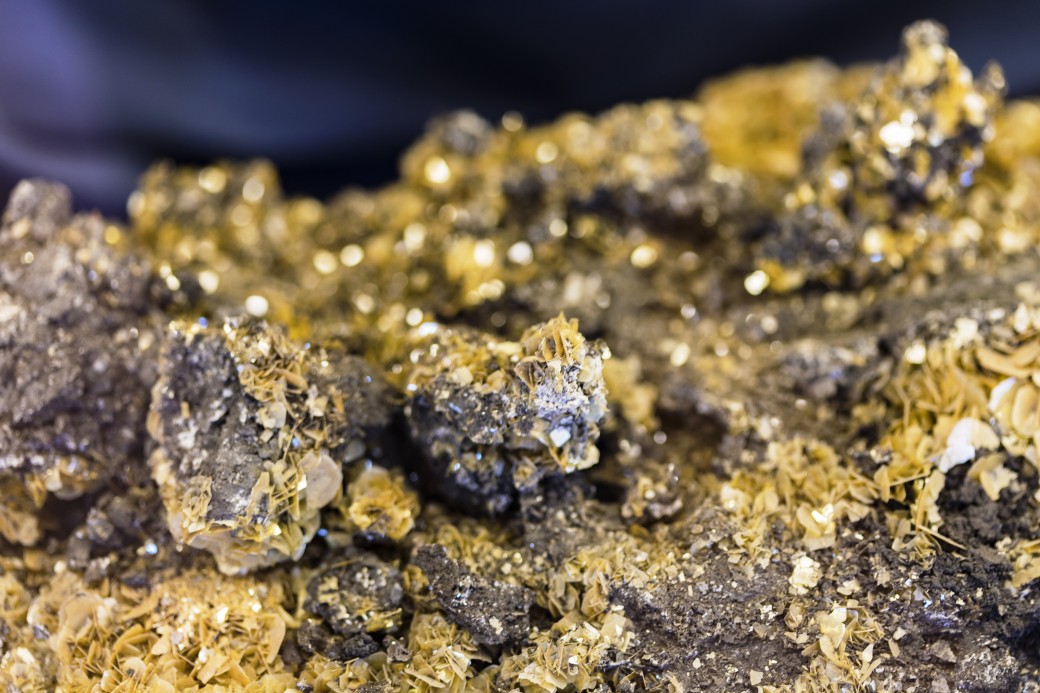
Molybdenum
Molybdenum is a transition metal of the 5th period. The high-strength, tough and hard metal has a silvery white shine.
Of all elements of the fifth period, it has the highest melting point. It is not attacked by non-oxidizing acids (also hydrofluoric acid) like the heavy homologous tungsten. Therefore, molybdenum is used in large quantities for the production of acid-resistant stainless steels and nickel materials. Oxidizing acids such as hot concentrated sulfuric acid, nitric acid or aqua regia lead to high removal rates. Equally unstable is molybdenum in oxidizing alkaline melts.
Characteristics
In small additions it serves to harden and prevent the embrittlement of steel. More than two-thirds of the molybdenum produced is consumed to produce metal alloys such as ferro-molybdenum. Tungsten shortage in the First World War led to increased use of molybdenum for the production of high-strength materials. To date, molybdenum is an alloying element for increasing strength, corrosion and heat resistance. High-performance molybdenum-containing materials such as Hastelloy®, Incoloy® or Nicrofer® have made many technical processes economically feasible or feasible.
Molybdenum is because of its high temperature resistance for the production of parts for extreme applications such. As aerospace or metallurgy technology used. In oil processing, it is used as a catalyst for sulfur removal.
Due to its layer structure, molybdenum disulfide is an ideal lubricant, even at elevated temperatures. It can be used as a solid, such as graphite, but also suspended in conventional lubricating oils.
Molybdenum can also be found in electronic components. In TFTs (thin-film transistors) it serves as a conductive metal layer and also in thin-film solar cells it is used as a metallic return conductor.
Molybdenum foils serve as gas-tight current feedthrough in quartz glass, u. a. on halogen incandescent lamps and high-pressure gas discharge lamps.
Molybdenum wires can also be used in the same types of lamps if, instead of quartz glass, a glass (usually aluminosilicate glasses) is used which has a thermal expansion adapted to molybdenum and is therefore suitable for a glass-metal compound.
Molybdate are used to impregnate fabrics to make them flame retardant.
Molybdenum is also used in X-ray diagnostics as the target material in the anode. X-ray tubes with molybdenum anode are at 19.6 keV due to the lower energy of the characteristic X-ray 

In nuclear medicine, fission molybdenum is used in technetium-99m generators. The relatively long-lived 99Mo (HWZ 66 h) decays within the RNG in 99mTc (technetium, HWZ 6 h). In this way, this important technetium isotope can be obtained directly on site for investigation purposes.
Automatic Translation can cause some incorrect expressions.
